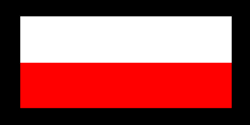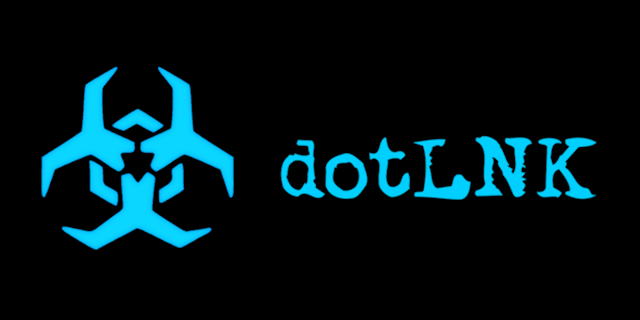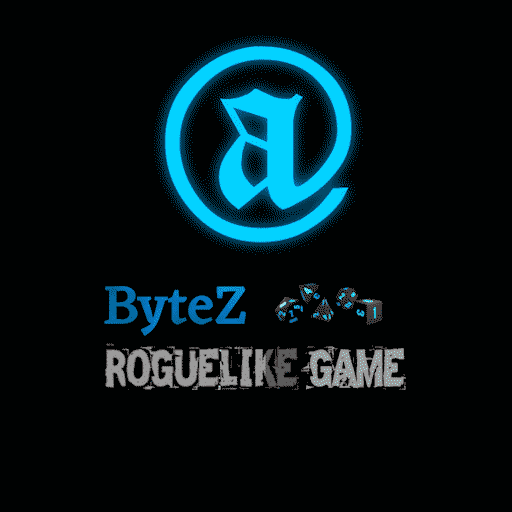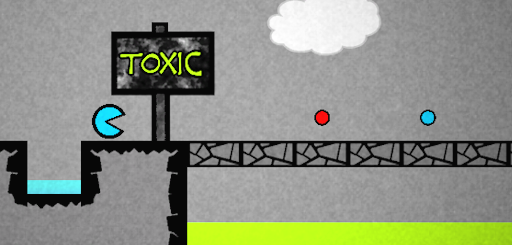Podstawy tworzenia i analizy złośliwego oprogramowania (ang. malware)
Learn Malware Development and Analysis in Safe Environment
Podstawy tworzenia i analizy złośliwego oprogramowania (ang. malware)
Learn Malware Development and Analysis in Safe Environment

Computer Viruses //

 ethical
ethical
 Read more »
Read more » Czytaj »
Czytaj »


















